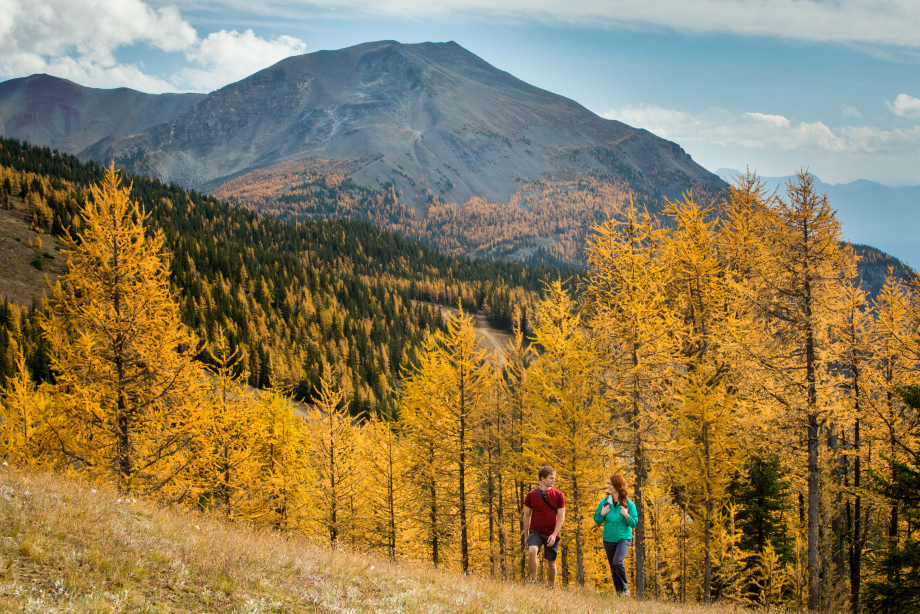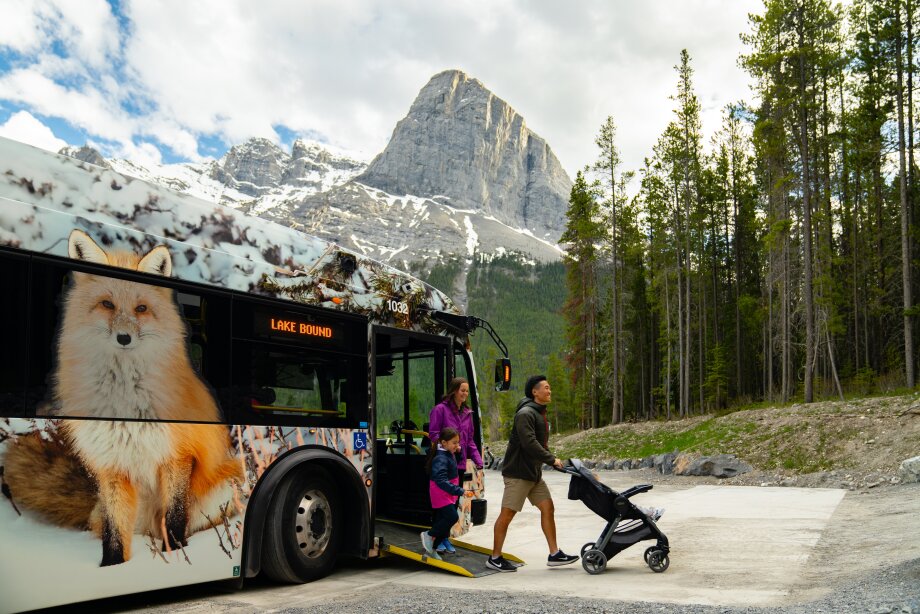Know Before You Go
Get in the know with local insights, like how to purchase park passes and what the heck a chinook is.

Visitor services
Tourism Calgary has a team of local experts that can help you with everything from personalized recommendations to insider tips.
Ways to connect with Tourism Calgary:
Email us: [email protected]
Text us: 587-333-8501
Call us: 1-800-661-1678
Message us: Facebook
Live Chat: 10 a.m. to 4 p.m. MST - Monday to Friday
Weather and how to dress
Currency, tipping, and taxes
Canada’s currency is the Canadian dollar. Visitors can exchange traveller’s cheques and foreign currency for Canadian funds at banks, trust companies, credit unions, ATMs, and at airport and border crossing exchange booths. Banking hours are typically Monday to Saturday, 9:00 a.m. to 4:00 p.m., though some banks are open evenings on certain days.
Other currency is not widely accepted.
Accepted payment methods
Most Canadian retailers, restaurants, and services use point of sale systems that accept major credit cards, like Mastercard, VISA, and American Express. Debit cards are also accepted depending on the conditions of your banking institution and country of origin. All Canadian debit cards are accepted in Calgary.
Tipping and gratuities
Gratuities are rarely included in the price for many restaurant and tour operators in Calgary. Tipping approximately 15-20% on the total bill before tax is customary, depending on the quality of service. Many restaurants may charge 15-18% gratuity for large group bookings (six or more guests).

Shokunin (Credit: Shokunin)
Goods and services tax
A five per cent GST tax applies to most goods and services. Alberta has no provincial sales tax (PST).
Tourism tax
The Alberta Tourism Levy applies to all Alberta hotel stays, calculated as 4 per cent of your total accommodation charges. Additionally, Calgary hotels that are part of the Calgary Hotel Association charge a 6 per cent Destination Marketing Fee. Both of these fees are very common among destinations across the world.
Customs & immigration
Visitors to Canada should carry valid travel documents when crossing the border no matter how you arrive. You will require a passport or equivalent travel document in order to cross the border and enter Canada.
You can consult the Government of Canada’s Requirements to Enter Canada for more information regarding entry requirements or the Canada Border Services Agency for customs regulations. These rules apply to all border crossings in Canada, including road and air entry points near or in Calgary.
For detailed customs information on entering Canada, visit Canada Border Services . To determine what documents you need to visit Canada, visit Canada’s Immigration and Citizenship website.

Sentinel Pass (Credit: Banff & Lake Louise Tourism/Paul Zizka @paulzizkaphoto)
National & provincial parks admission
National parks admission
Five national parks are within a day trip of Calgary: Banff National Park, Jasper National Park, Kootenay National Park, Waterton Lakes National Park, and Yoho National Park. These destinations can easily be accessed by car.
All visitors to national parks in Canada require a valid park pass. The Parks Canada Discovery Pass provides unlimited admission and access to over 80 national parks and attractions in Canada for 12 months. Single day and single location passes are also available for purchase. Daily admission can be purchased at a Parks Canada location on the day of your visit.
You can purchase your Discovery Pass online or at any Parks Canada visitor information centre . Purchasing your parks pass in advance is convenient and provides faster entry to the national parks upon arrival, eliminating the need to wait at park gates.
Provincial parks admission
Calgary is home to and adjacent to several world-renowned provincial parks, including Bow Valley Provincial Park, Bragg Creek Provincial Park, Dinosaur Provincial Park, and Fish Creek Provincial Park.
While most provincial parks do not require the purchase of a park pass, a Kananaskis Conservation Pass is required for vehicles parked within Kananaskis Country and the Bow Valley Provincial Park Corridor.


